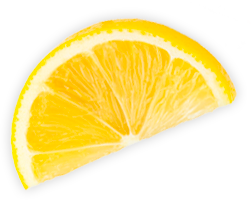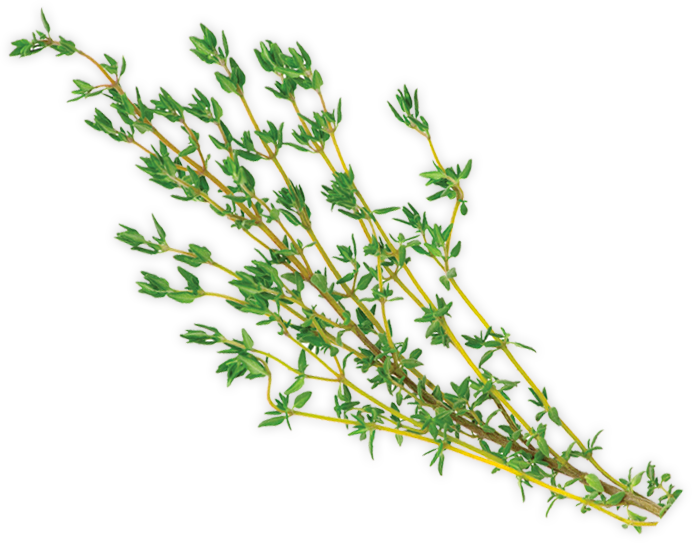05.2015
Protein :
Interview with Pierre Miclette
Q: Pierre, let’s talk a bit about the trends you are seeing in protein use. Is the increased focused focus from athletes or is change occurring more broadly?
A: Of course there is a lot happening in the sports crowd where protein is added to the diet to create muscle mass or to rehabilitate cells damaged during exercise. We spend a lot of time with the producers of specialty foods and supplements to develop flavor solutions for athletes. But there are also important trends in protein consumption among the general population. Studies suggest we should increase protein in our diets to age properly.
Q: It sounds simple to add animal protein or supplements to the average diet. Is there a catch?
A: Well, yes. A widespread increase in protein consumption has the potential to trigger multiple impacts, among them environmental, flavor, and weight management challenges. First, how can we all consume more protein without killing the earth? Every protein we produce exacts environmental costs. Second, adding proteins to food affects taste, sometimes profoundly. Finally, if you supplement, you have to make sure you’re not over-consuming. A good example of adding protein without altering consumption is switching from regular to Greek yogurt. This increases protein consumption from 6 grams to over 17 grams for a 6-ounce container.
Q: Do we really need that much more?
A: It can be quite beneficial. Certain diseases, such as osteoporosis, can be minimized with a higher protein diet because calcium is more readily absorbed by the body if the diet has a higher protein level. In Scandinavia, milk is being manufactured with 25% protein, versus whole milk at about 3% protein. These products include whey powder and are targeted toward the elderly. This isn’t something they have to add to their diet. It’s a substitution for something already being consumed.
Q: Does the addition of supplemental protein affect flavor?
A: Yes, it can introduce unexpected flavors, including undesirable ones. If you work with fish, you have to overcome horrible taste to harness significant protein benefits. Whey protein, a dairy byproduct that was previously discarded, is highly digestible and relatively low in allergens compared to milk fats and solids.
Q: With such great qualities, why supplement with anything other than whey?
A: Protein sources are not the same. The goal is to supplement with a wide variety of amino acid combinations. The wider the combination, the better it is for your body. What we’re seeing are blends like oat and whey, or pea and whey.
Q: You didn’t mention soy. Is pea the new soy?
A: Pea protein is good for two reasons: It’s not nearly as allergenic as soy. And its taste is much more neutral than soy and far superior to rice protein, which is quite horrible in taste.
Q: Meat seems like an obvious protein source. Is it being tapped?
A: One of the biggest trends right now is the use of collagens from meat proteins and algae. Collagens help improve the health of hair, nails, and skin, and are at the forefront of the cosmeceuticals industry, which delivers dietary products to help us look better.
Q: It sounds like balance is key.
A: That’s right. Eating is not only a duty, it’s something that should be pleasurable. If we were just fueling our bodies as machines, we just would eat egg and a few veggies and bread day in and day out. But I think there’s more to eating than running the engine. At least I hope there is.



